Guest blog by Jimmy Kelly
___________________________________________________________________________
7 Ways the Wellness Industry Can Leverage Data to Improve their Social Strategy
In the highly competitive world of the wellness industry, capturing the attention of your brand’s audience can seem near impossible. The good news is 57% of consumers follow a brand on social media to stay informed about new products or services. Prioritize relevant, engaging content and watch your follow count grow.
In this article, we’ll be covering seven ways in which data-driven content can help guide your social media strategy through benchmarking, analyzing, and optimizing your outputs.
- Get a pulse on the industry
There’s no doubt that having a deep understanding of your brand’s audience is mission critical to driving results on social, but it’s also helpful to take a step back and tap into the whole conversation. Social listening data can provide a 10,000 foot view of industry, with key data points relating to demographics, conversations, and emerging trends your brand can leverage in order to make data-driven decisions. Social listening insights can help you understand more than just what products and services resonate with their customers by uncovering why.
Understand the audience by investigating their health interests, needs, goals and passions. The wellness industry is pretty saturated, so knowing what your community wants is important, but so is knowing what they don’t. Finally, identify where your audience is spending their time on social and look for opportunities to join the conversation in a way that feels natural.
Get started:, With a tool like Sprout Social’s Advanced Listening, create a Wellness industry listener to identify what the broader community is talking about.
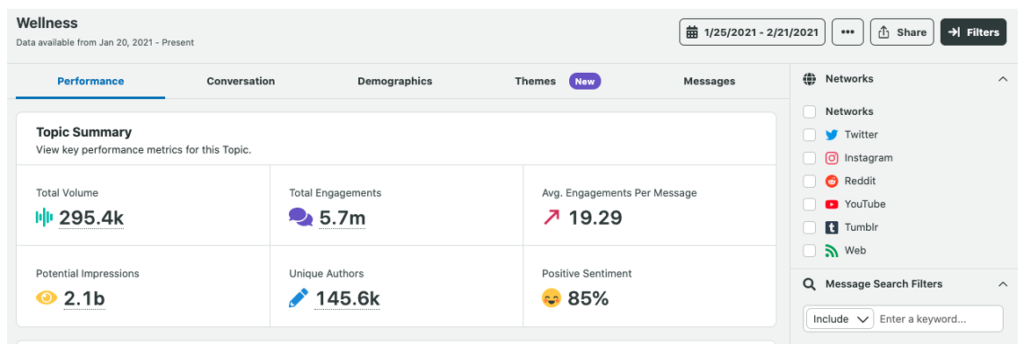
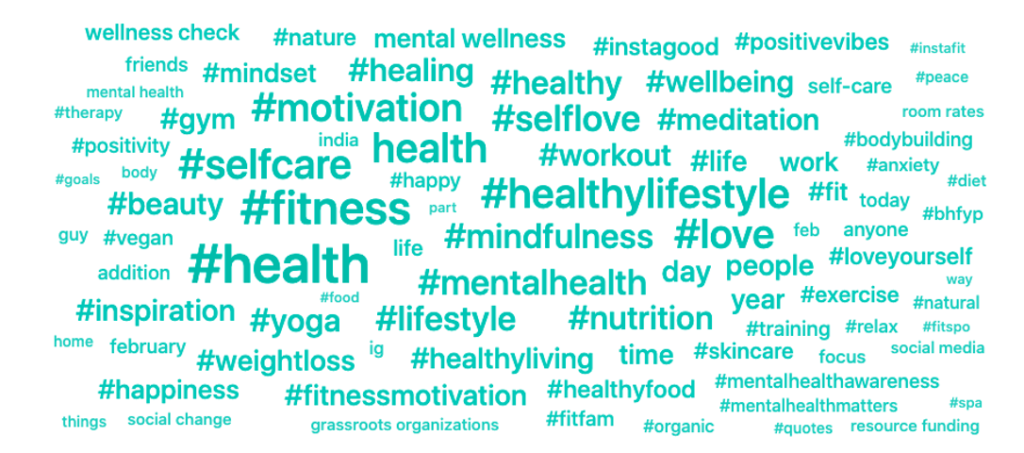
- Track your audience
According to the Sprout Social IndexTM Report, 89% of consumers will buy from brands they follow on social which means audience growth is so much more than just a vanity metric. Measuring follower growth over time can help you understand the degree to which you are driving brand awareness in your community.
Reminder: be sure to keep things in perspective. A small business is better off focusing on its own social performance vs. comparing itself a household name.
Get started: Tracking follower growth over time against awareness goals can bridge your efforts on social with your brand’s holistic business goal. Analyze how your content can reach new audiences and engage your competitor’s customers.
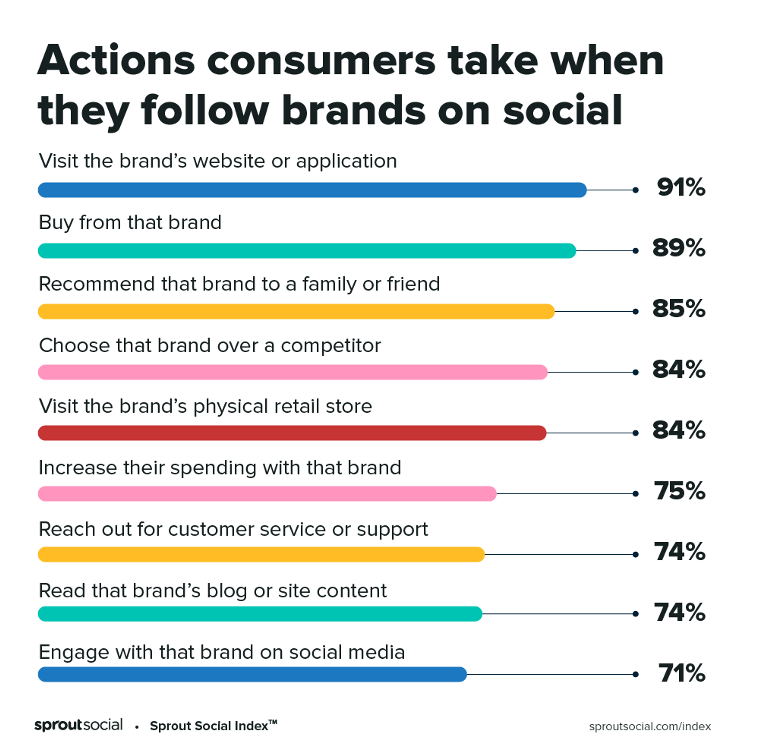
- Measure your potential
Impressions can establish the potential of content and help social marketers understand the entire context of performance. For example, video content can help drive awareness for a brand, but community questions can help drive education.
Take it a step further: Look at your performance to better understand what kind of content drives impressions (e.g organic, viral, and paid) so that you can strategically invest in future content based on that data.
Get started: With your target audience in mind, measure performance by observing impressions in a set period of time. Compare this data to other core metrics such as Likes and shares so that you can analyze your performance.

- Know what works (and what doesn’t)
Tracking engagement data lets you know what content resonates with your audience and what falls short.
High engagement indicates a ‘healthy’ audience—pun intended. What works best: a snappy call-to-action or more direct language? Take a look at how visuals, hashtags or copy length influence your engagement rates.
In addition to Likes, comments and shares, link clicks allow us to understand content focused on products, features, lifestyle trends, and thought leadership pieces that can unlock partnerships and opportunities.
Get started: Garner effective engagement data by testing different CTAs. Keep in mind that different approaches may yield different results. Benchmark so that you can optimize!
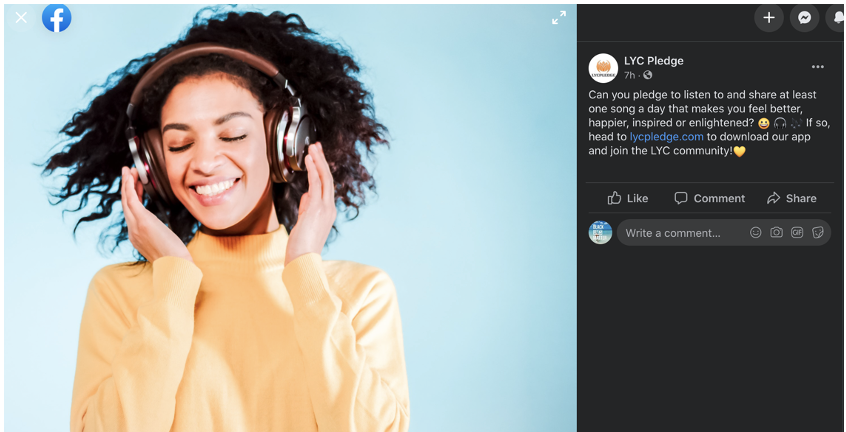
- Identify ROI on social
Tracking how content performs across various channels tells us what is best for driving leads, and can help you understand what channels to focus on in order to impact the bottom line. This is one example of answering the question, ‘how can we get the most return on the time investment in social?’
In order to answer that question, you need to know what is resulting in a direct action. Tracking web conversion data (such as return on ad spend) can reveal new opportunities for efficiency, and customizing your specific web conversion metrics will allow you to track data that is most relevant to you.
Get started: Track efficacy by getting specific with your traffic source. Utilize Google Analytics data and leverage resources for your e-commerce strategy.
- Resource #1: UTM Tracking & URL shortening for social media marketers
- Resource #2: all the social media metrics to track
- Resource #3: how to set ecommerce social media up for success
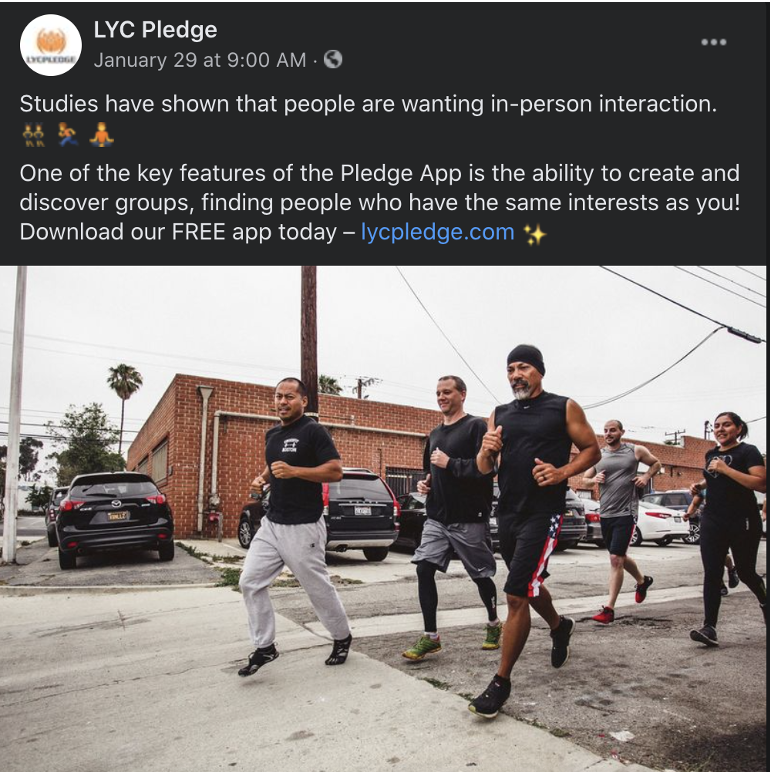
- Monitor customer feedback
Inbound messages are a gold mine of information including tracking recurring themes, questions, or concerns that can provide important insights. Customer feedback can help wellness brands improve their products and tailor services to fit customer needs specifically.
Get started: Use tools like Sprout’s Smart Inbox and automatic rule builder to monitor and organize inbound messages so the right messages are seen proactively by the right teammates. and use Sprout’s Tag Report to track specific social campaign performance over time.
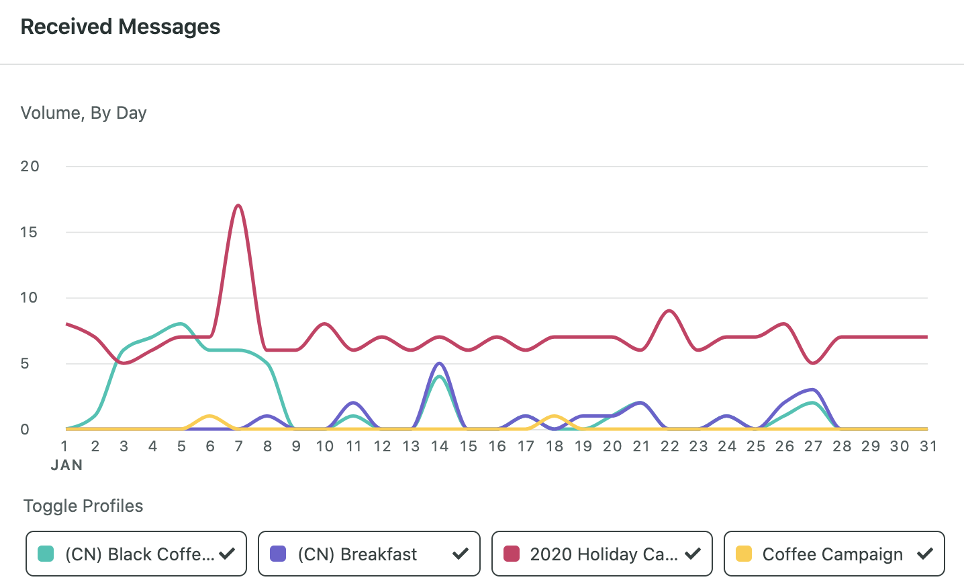
- Prepare for next time!
Optimize your strategy by understanding the “why” behind the “what”. Did one asset perform better than another? Double down on assets that converted! Did a trending hashtag pop-up during your campaign that ties in? Jump on it!
Create custom report dashboards so that you can automatically send reports to clients with the story (and metrics) that matters to them.
Get started: Share results with different stakeholders so that you can leverage them next time. Data helps secure a budget!
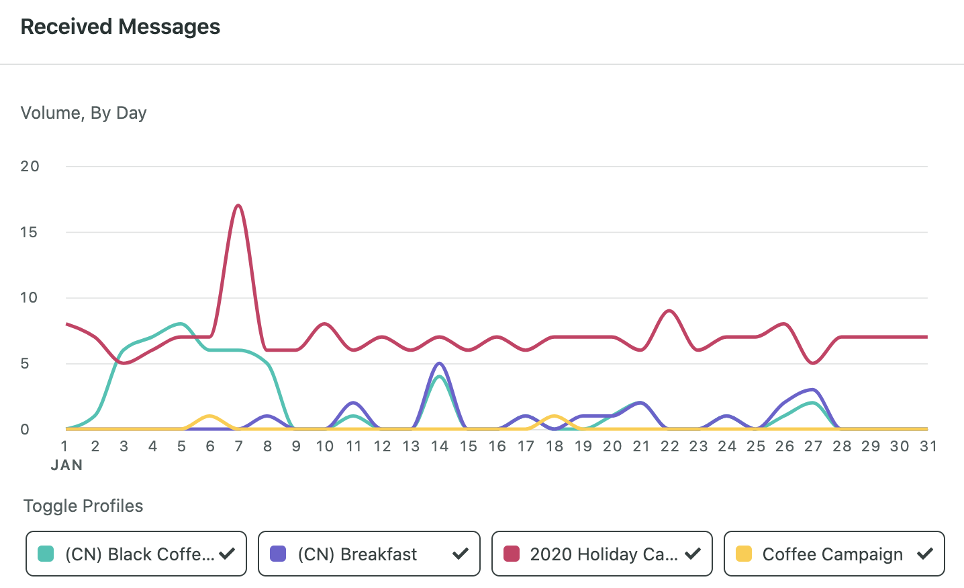
Conclusion
Now more than ever it’s critical to capture the attention of your brand audience, and in the highly competitive world of the wellness industry, doing so will require understanding “the what” and “the why”.
Keeping a pulse on the industry trends, follower growth, impressions, engagement, web conversions and customer feedback will set you up to benchmark over time, analyze performance, and optimize in the future.

